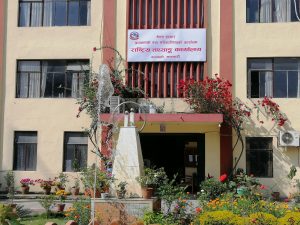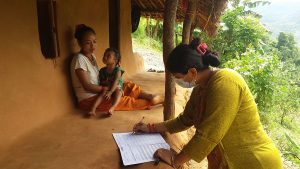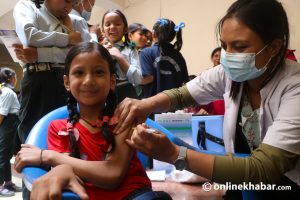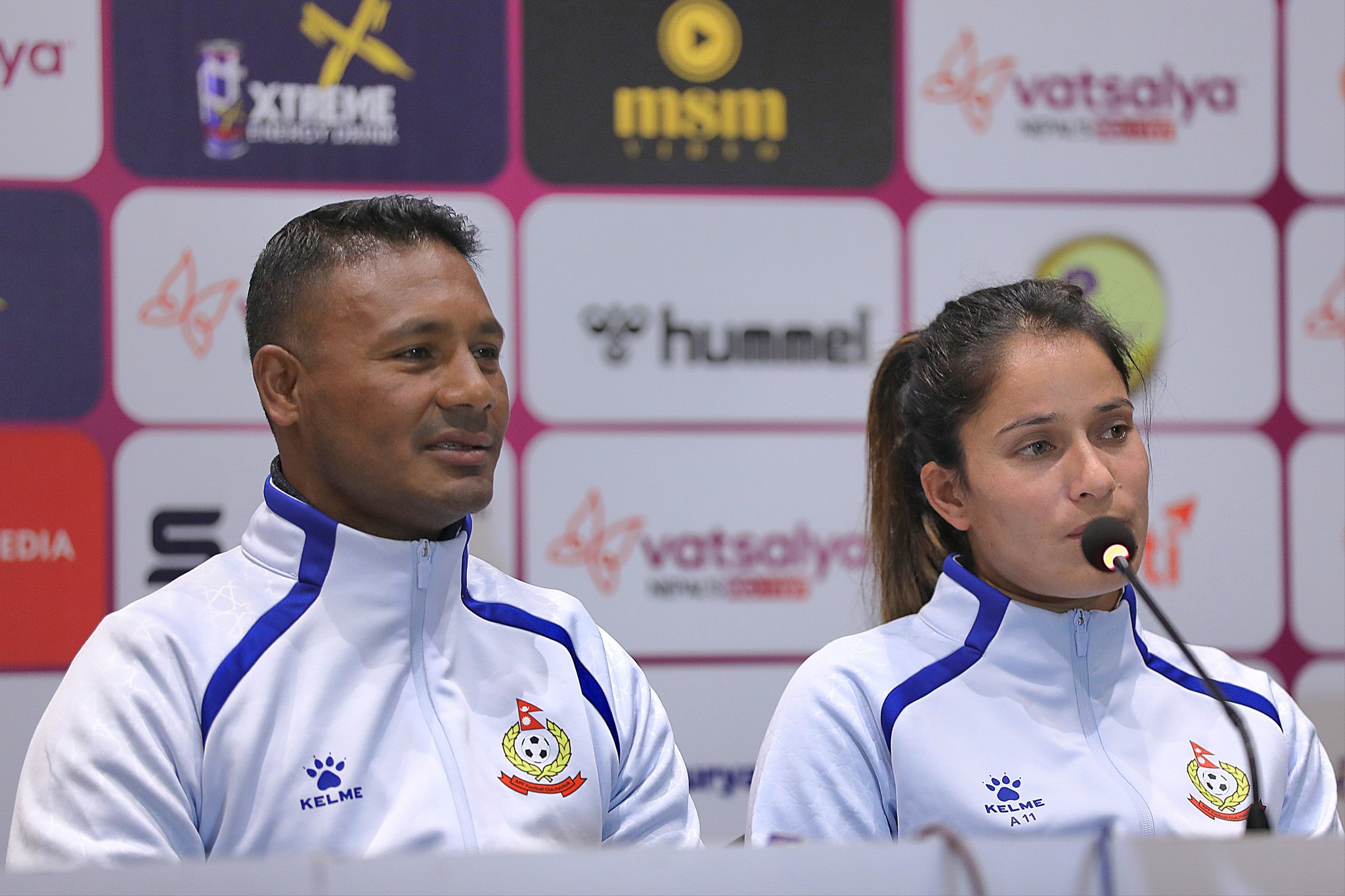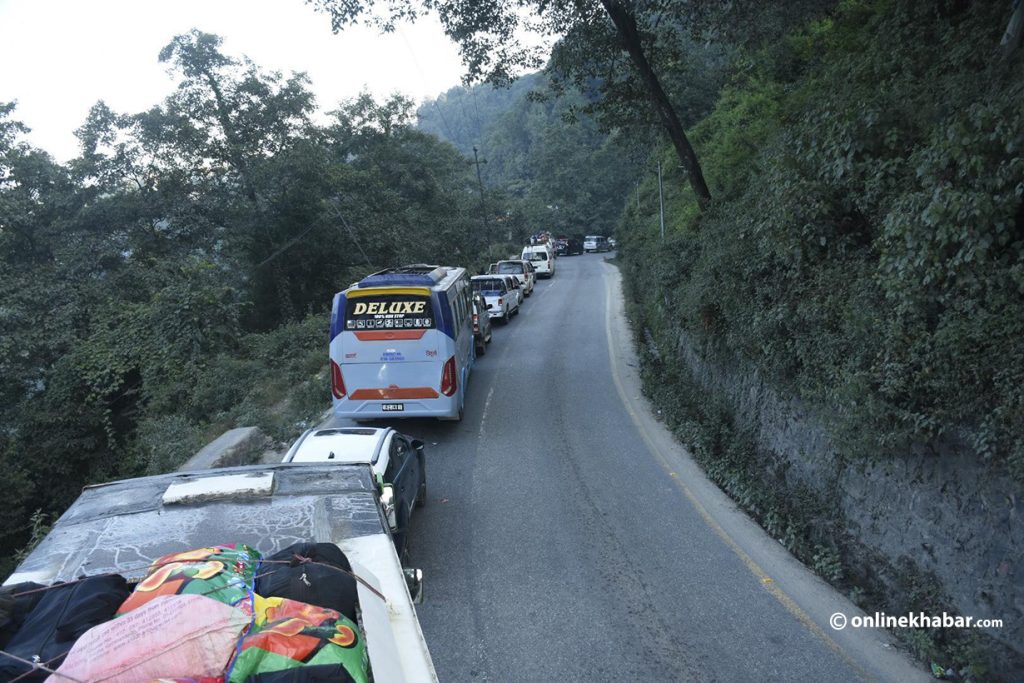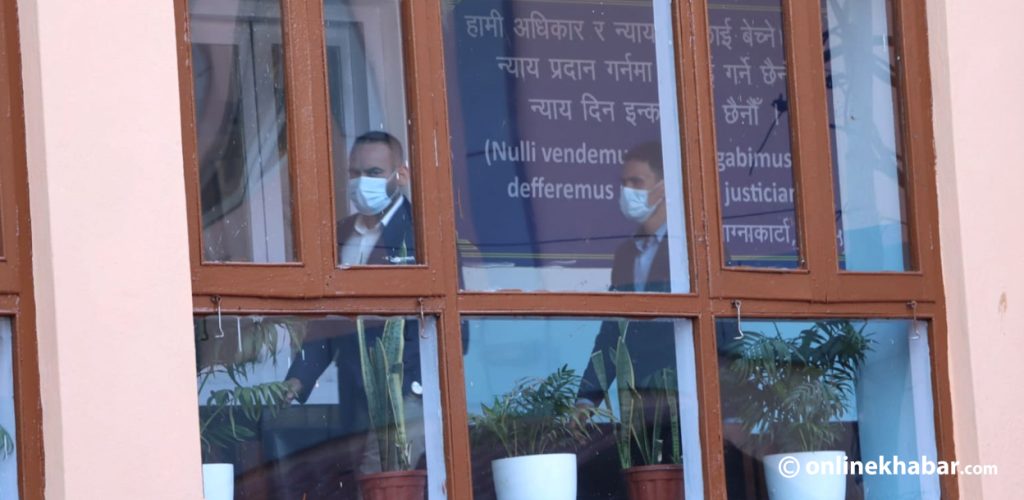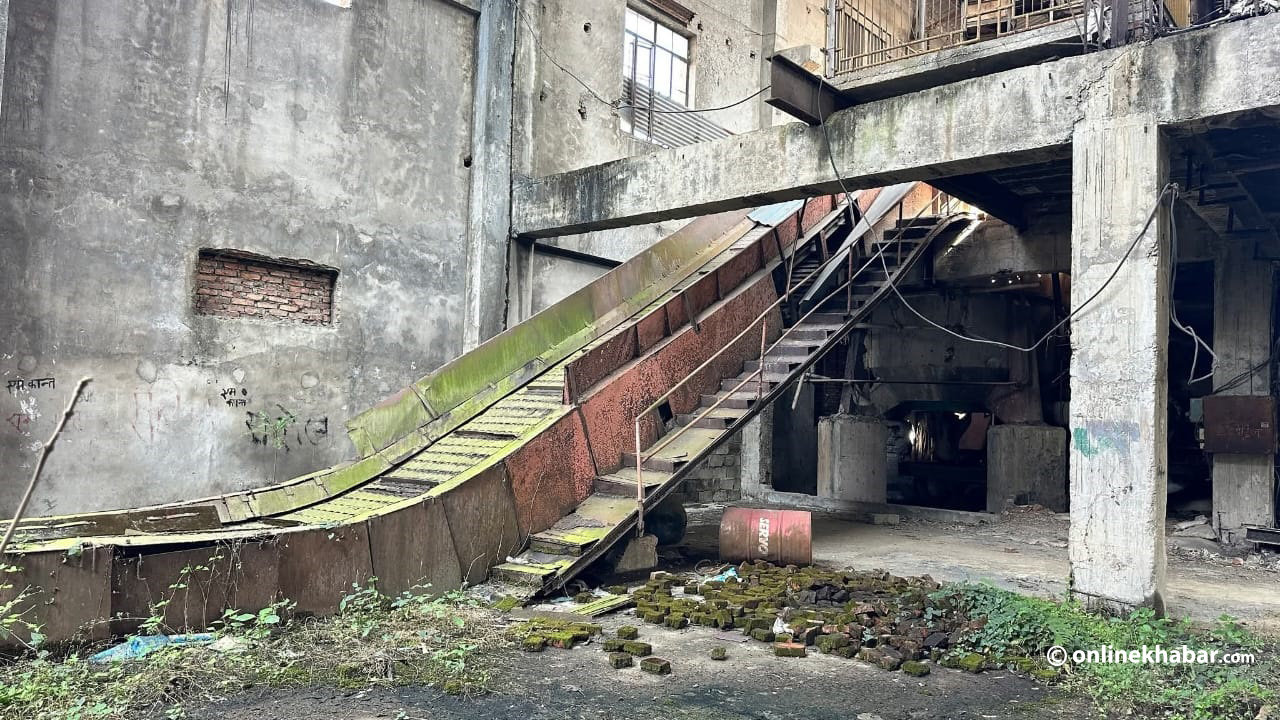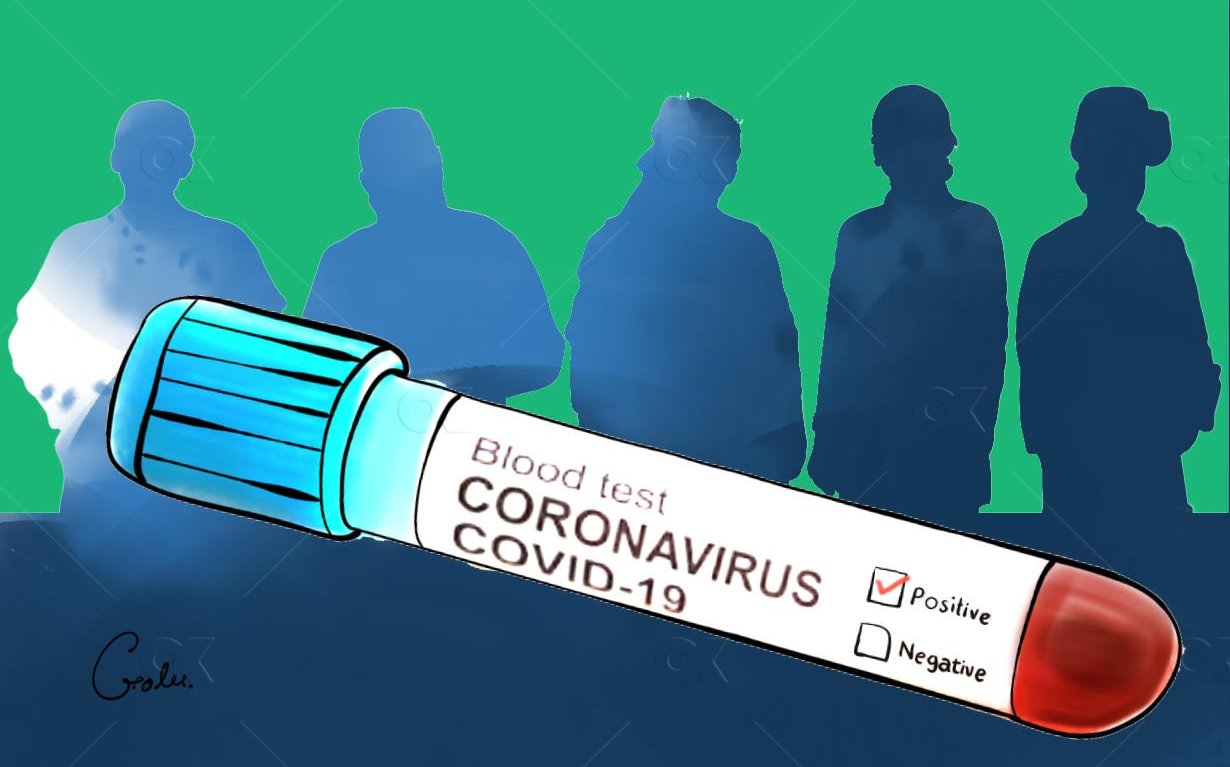 Like other seasonal viral infections, people now have to live with coronavirus (SARS-CoV-2) until the discovery of the vaccines/drugs and their wider availability. But, does that mean staying at home? Definitely, no.
Like other seasonal viral infections, people now have to live with coronavirus (SARS-CoV-2) until the discovery of the vaccines/drugs and their wider availability. But, does that mean staying at home? Definitely, no.
Let’s live with the virus by ensuring personal hand hygiene, cough hygiene, and retaining social distance. More clearly, go out for routine work; else people will be forced to die because of hunger. Also, the public would still have to suffer from other health issues, economic crisis, altered psychological attitudes, and then might function by violence and stealing to sustain life. Due to the emergency pandemic alert, the lockdown in many countries has been in effect already for two-three months and will uncertainly continue worldwide. Still, it is uncertain how long people would embrace the government’s advice to “stay at home and work from home.”
Unfortunately, the SARS-CoV-2 vaccine will not be available anytime soon; it might take at least 12-16 months. Even drugs like Hydroxychloroquine and Remdesivir (investigational broad-spectrum antiviral drug) in clinical trials showed some supportive effects, but they are neither 100% effective against Covid-19. In the row, the disease shows variability in the severity and symptoms. Such variability is unknown but may be due to high mutation frequency in RNA coronavirus. As such, it can be presumed that the virus can remain as it is, but may have mild human health consequences.
People have followed the advice of the government to remain at home, but it has been for a long time. Now, it is time to find a way to live with the virus and go out for routine work.
Why live with the coronavirus?
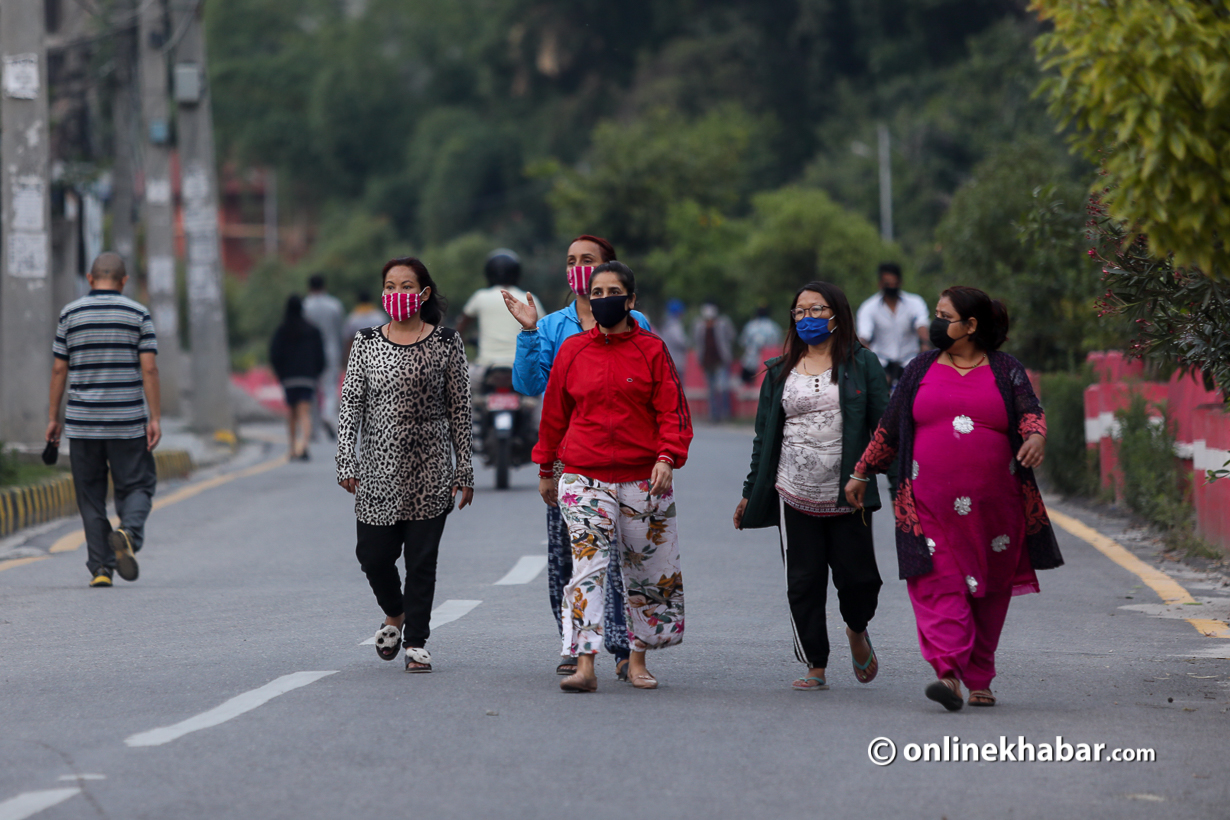 There are two reasons:
There are two reasons:
First, it is not known how people can get immunity against Covid-19. People with mild or asymptomatic infections may not produce antibodies quickly or to the same level as people who experience the disease more severely. This means they do not have antibody-mediated immunity but could have cell-mediated immunity. Thus, it is difficult to understand the phase they are in. But, isolation for two to three weeks is a safe bet in any case. It is also unclear how long asymptomatic carriers remain infectious because we do not know the exact stage of the infection in the individual. Detecting viruses in an individual does not mean the virus is infectious. But it is easier to define the isolation period. So, people can stay home for a few weeks and be asymptomatic for two days before going back to work.
Second, the uncertainty over complete recovery from Covid-19 looms large. It is very difficult to say the exact number of days that infected people take to get fully recovered from the disease. Also, it depends on the individual. In mild cases, it may take a week or even less to recover, but physicians should decide whether to keep the patient in isolation or sent to work. Still, science is in search of specific drugs and vaccines against Covid-19. It is apparent that even the guidelines of the WHO tend to evolve over time as new findings are published. None has exact answers about how long this virus will remain with us and how it is going to affect the community.
But, what should be reopened?
Reopening the essential business: Important commercial businesses should be allowed to remain open to the public while maintaining the mitigation regulations. These include groceries, pharmacies, oil stations, financial institutions, maintenance/repairing workshops, post offices, etc. Employees, including law enforcement personnel, emergency service (fire brigade and ambulance) workers, construction/repairing personnel, laboratory researchers, janitorial and custodial staff need to be at their workplace to perform their job duties. All other entertainment and recreational centres (gym, yoga) should remain closed until further notice from the government.
Reopening groceries, markets, and pharmacies: As a close contact is the main route of virus transmission, the possibility of infection to people from public spaces, markets, and pharmacies cannot be excluded. But, the probability is very low. Everyone should practice essential precautions, like hand hygiene and cough hygiene, when encountered with people or while visiting markets. People should be allowed to go out and live a healthy lifestyle, but at the same time, remember the guidelines and maintain social distance.
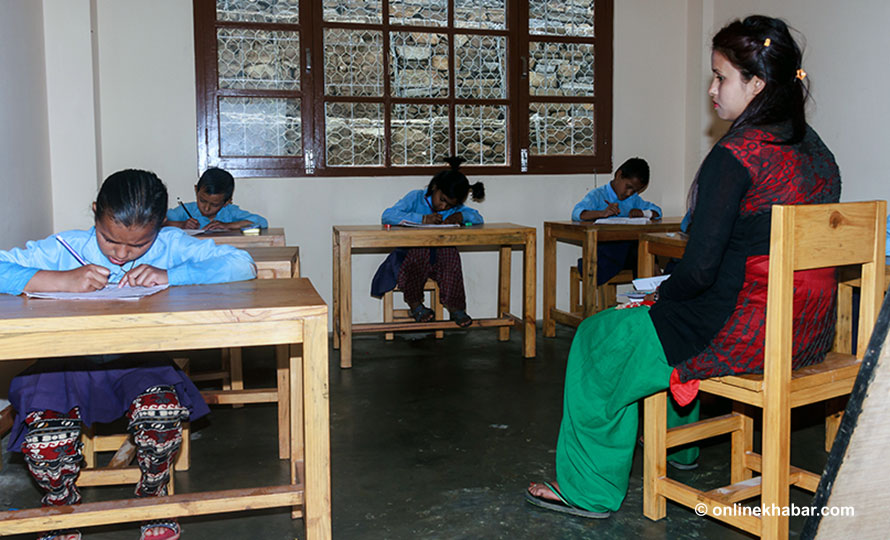 Reopening of academic institutions: While academic institutions cannot be closed forever, authorities need to find a good balance. In the meantime, the governmental and institutional authorities need to weigh the negative impact of the closing schools. A few researchers have suggested that SARS-CoV-2 infection is moderate in children. No cases of children with severe infection who needed hospitalisation and intensive treatment have been recorded. But, to confirm rates of infection in children, more data are still required.
Reopening of academic institutions: While academic institutions cannot be closed forever, authorities need to find a good balance. In the meantime, the governmental and institutional authorities need to weigh the negative impact of the closing schools. A few researchers have suggested that SARS-CoV-2 infection is moderate in children. No cases of children with severe infection who needed hospitalisation and intensive treatment have been recorded. But, to confirm rates of infection in children, more data are still required.
The government and public health authorities can execute the plan to reduce the risk, but it is impossible to completely eliminate the risk of Covid-19. For this, recognising the phase of infection in a country helps to decide the reopening of the society or nation. Currently, Nepal is in phase 2 of the infection, as shown in the figure below.
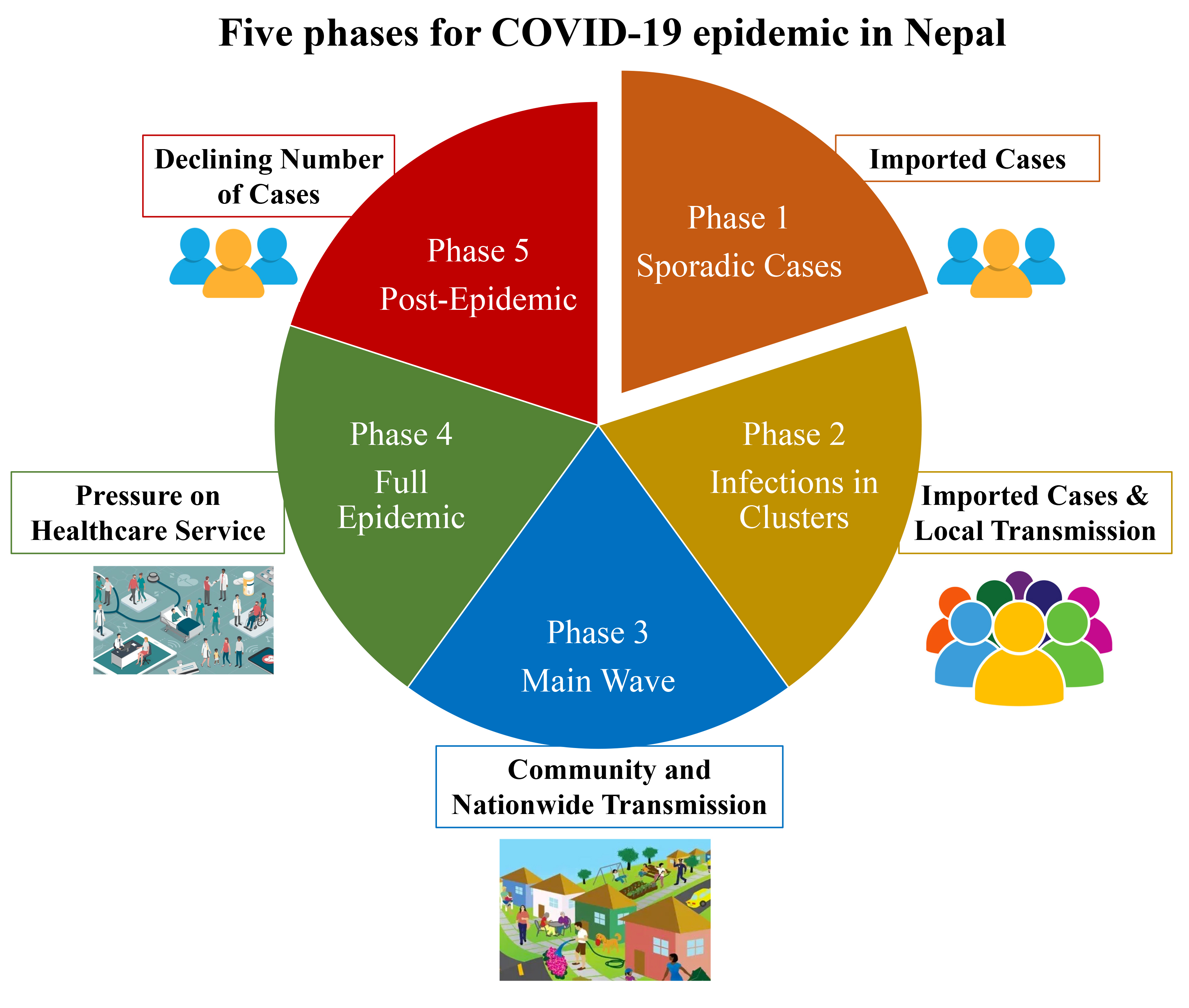
It is not possible to keep the country on lockdown waiting for the discovery of vaccines or medicines against the coronavirus. It is the responsibility of the nation to find a way to live with the new virus. Some concerns for careful planning to reopen society and rebuild the economy of Nepal are highlighted below:
- Test suspected people. Track how the virus is spreading, and isolate and quarantine infected individuals in hospitals or designated facilities with necessary care and treatment.
- Enforce monitoring and surveillance to ascertain the country’s present mitigation levels.
- Safeguard and support medical professionals and members at high risk of serious illness.
- Encourage safe personal hygiene, such as hygiene of hands and coughing.
- Stockpile enough resources to support safe hygiene habits, including soap, alcohol-based hand sanitiser, and tissues.
- Educate and reinforce the use of face masks and gloves among the public.
- Make signs of social distance every three-six metres to stand in a queue in banks, markets, and pharmacies.
- Thoroughly clean and disinfect commonly touched surfaces like doorknobs and other appliances in public spaces.
- Implement routine health checks, such as temperature screening, upon arrival.
- Make information on how to stop Covid-19 spread available in every public space.
Besides this, science/health researchers have to alert the public about the transmission of the viral outbreak and maintain openness through credible media sources. If not, pseudoscience will take over, such as the use of cow urine, injection of disinfection solution, and cocaine use.
Shrestha is a clinical molecular geneticist, and a post-doctoral research fellow at the Department of Genetics, Albert Einstein College of Medicine, New York.




